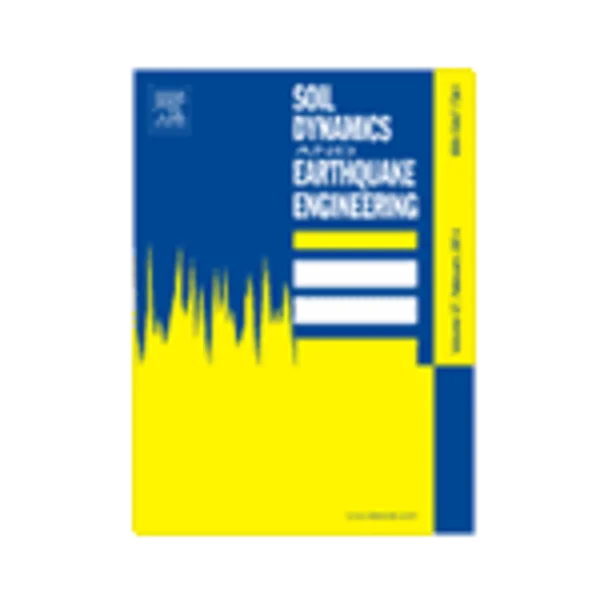-
comparison of three seismic design methods for plane steel frames
جزئیات بیشتر مقاله- تاریخ ارائه: 1392/07/24
- تاریخ انتشار در تی پی بین: 1392/07/24
- تعداد بازدید: 1042
- تعداد پرسش و پاسخ ها: 0
- شماره تماس دبیرخانه رویداد: -
the force-based, the displacement-based and the hybrid seismic design methods as applied to plane steel frames are briefly presented and critically compared. the force-based seismic design method forms the basis of almost all the current seismic design codes, while the displacement-based one is a rather new seismic design method already adopted by some seismic design codes. the hybrid seismic design method is a new method that appropriately combines the best elements of both the force- and the displacement-based methods and affects considerable improvements on these elements. advantages and disadvantages of these three seismic design methods are presented as derived first on the basis of their description and on the basis of the results of their application to three plane steel frames as compared to those coming out of inelastic time-history analyses involving eight different earthquakes.
مقالات جدیدترین رویدادها
-
استفاده از تحلیل اهمیت-عملکرد در ارائه الگوی مدیریت خلاقیت سازمانی و ارائه راهکار جهت بهبود
-
بررسی تاثیر ارزش وجوه نقد مازاد بر ساختار سرمایه شرکت های پذیرفته شده در بورس اوراق بهادار تهران
-
بررسی تأثیر سطح افشای ریسک بر قرارداد بدهی شرکت های پذیرفته شده در بورس اوراق بهادار تهران
-
بررسی تأثیر رتبه بندی اعتباری مبتنی بر مدل امتیاز بازار نوظهور بر نقد شوندگی سهام با تأکید بر خصوصی سازی شرکت ها
-
تأثیر آمیخته بازاریابی پوشاک ایرانی بر تصویر ذهنی مشتری پوشاک ایرانی (هاکوپیان)
-
تاثیر اندیشه اکو سوفیسم بر توسعه پایدار معماری شمال ایران
-
تحلیل عوامل موثر بر گسترش گردشگری در منطقه توریستی موگرمون شهرستان لنده با استفاده از مدل برنامه ریزی راهبردی (s)
-
ارائه الگویی برای مدیریت پروژه ارزش محور در طرح های عمرانی
-
بررسی خطوط تسلیم در ورق های فولادی
-
a united deformation-strength framework for lightweight sand–eps beads soil (lses) under cyclic loading
مقالات جدیدترین ژورنال ها
-
مدیریت و بررسی افسردگی دانش آموزان دختر مقطع متوسطه دوم در دروان کرونا در شهرستان دزفول
-
مدیریت و بررسی خرد سیاسی در اندیشه ی فردوسی در ادب ایران
-
واکاوی و مدیریت توصیفی قلمدان(جاکلیدی)ضریح در موزه آستان قدس رضوی
-
بررسی تاثیر خلاقیت، دانش و انگیزه کارکنان بر پیشنهادات نوآورانه کارکنان ( مورد مطالعه: هتل های 3 و 4 ستاره استان کرمان)
-
بررسی تاثیر کیفیت سیستم های اطلاعاتی بر تصمیم گیری موفق در شرکتهای تولیدی استان اصفهان (مورد مطالعه: مدیران شرکتهای تولیدی استان اصفهان)
-
عوامل بحران موفقیت مدیریت پروژه فناوری اطلاعات در بین کارکنان شهرداری های استان گیلان
-
حیله شرعی در عقود
-
the relationship between strategic human resource management and job performance with the role of knowledge management sayyad shirazi hospital staff gorgan
-
numerical investigation of stress block for high strength concrete columns
-
frequency and causes of fluid accumulation in the adjacent space in patients admitted to teaching hospitals in urmia




سوال خود را در مورد این مقاله مطرح نمایید :